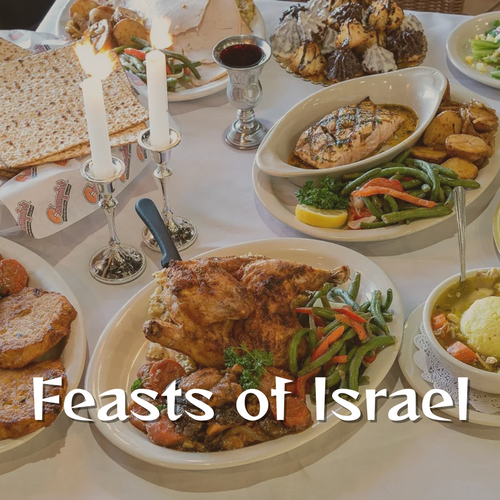
The Feasts of Israel
A picture of man's redemption as seen in the book of Ruth.
The Feasts of Israel Bible study begins in the book of Ruth. Ruth and Naomi arrived in Bethlehem poor and widowed with no family support. Ruth began gleaning the fields, a common practice for the poor, so they could eat. This simple practice became a key point in God's providence in His plan for the world. God had established laws for His people long before Ruth and Naomi were born. Leviticus 23:22 says, "When you reap the harvest of your land, you shall not wholly reap the corners of
your field when you reap, nor shall you gather any gleaning from your harvest.
You shall leave them for the poor and for the stranger: I am the Lord your God."
The Book of Leviticus gave Israel clear instructions for living according to God’s commands, including guidance for worship, offerings, and special observances. In chapter 23, Moses outlines seven annual feasts that, while appearing to be religious festivals, hold prophetic significance pointing to Jesus. Four of these have already been fulfilled, and three remain to be fulfilled in the future. These feasts remind us that the entire Bible, even the Old Testament, reveals God’s plan of redemption through the Messiah and helps us recognize Jesus as the promised Savior.
your field when you reap, nor shall you gather any gleaning from your harvest.
You shall leave them for the poor and for the stranger: I am the Lord your God."
The Book of Leviticus gave Israel clear instructions for living according to God’s commands, including guidance for worship, offerings, and special observances. In chapter 23, Moses outlines seven annual feasts that, while appearing to be religious festivals, hold prophetic significance pointing to Jesus. Four of these have already been fulfilled, and three remain to be fulfilled in the future. These feasts remind us that the entire Bible, even the Old Testament, reveals God’s plan of redemption through the Messiah and helps us recognize Jesus as the promised Savior.
